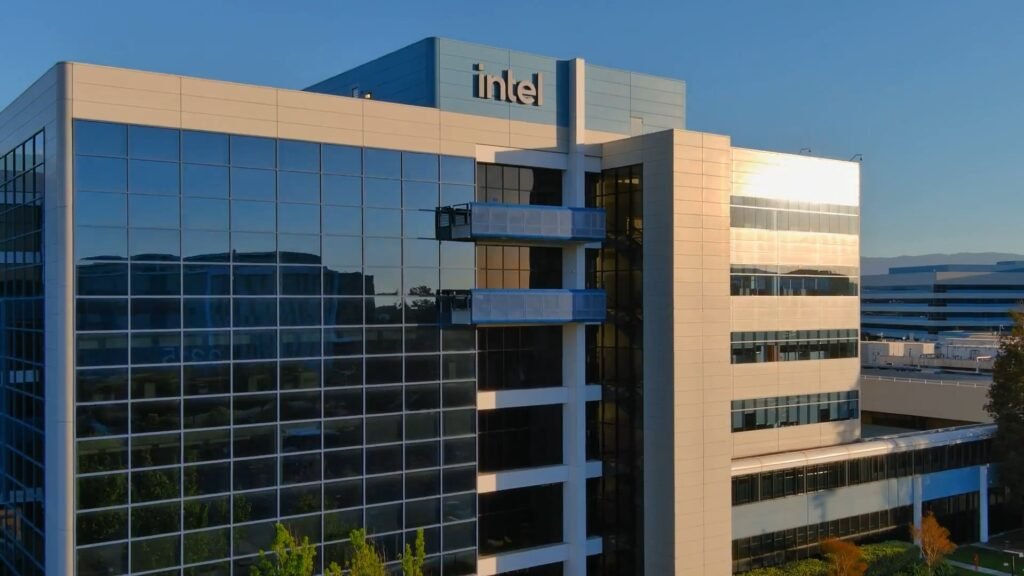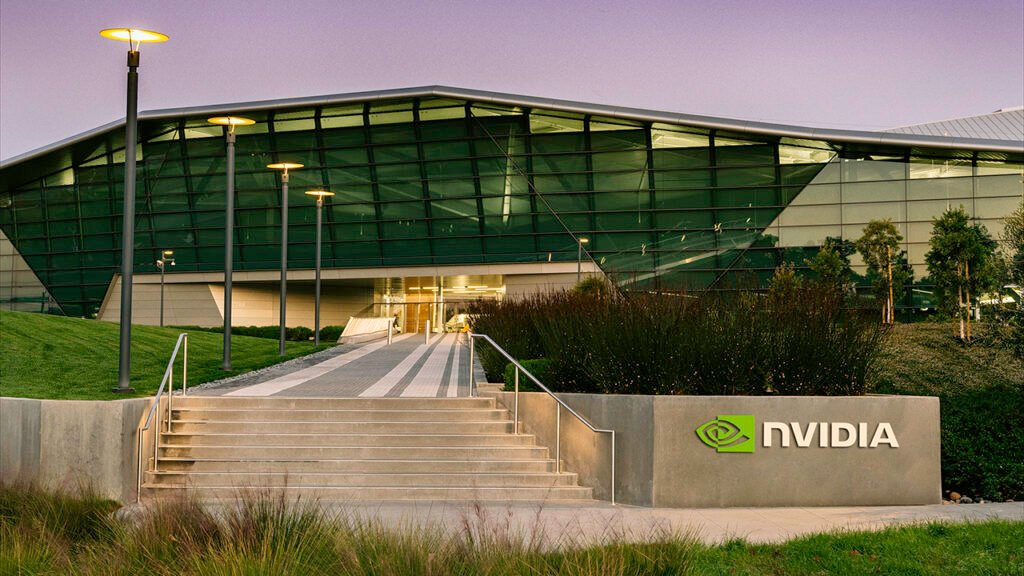In the realm of technology and innovation, few names shine as brightly as Intel Corporation. Founded in 1968 by Robert Noyce and Gordon Moore, Intel has been a pioneering force in the computing world, driving progress and transformation for over five decades.
FOUNDING AND EARLY YEARS OF INTEL CORPORATION
Intel Corporation was founded on July 18, 1968, by Robert Noyce and Gordon Moore, two legends of Silicon Valley. They were among the founders of Fairchild Semiconductors in 1957, and had achieved significant success: Fairchild was a thriving business, and both Noyce and Moore had grown personally wealthy. Noyce had co-invented the integrated circuit, one of the most important devices of the century, and Moore had articulated Moore’s Law, a defining principle of technology development.
However, Noyce and Moore were growing restless at Fairchild Semiconductors, feeling that the parent company, Fairchild Camera and Instrument, wasn’t reinvesting enough of the proceeds from the highly profitable semiconductor business into the research and development of new semiconductor technologies. In 1968, they resigned from Fairchild and incorporated their new venture, Intel.
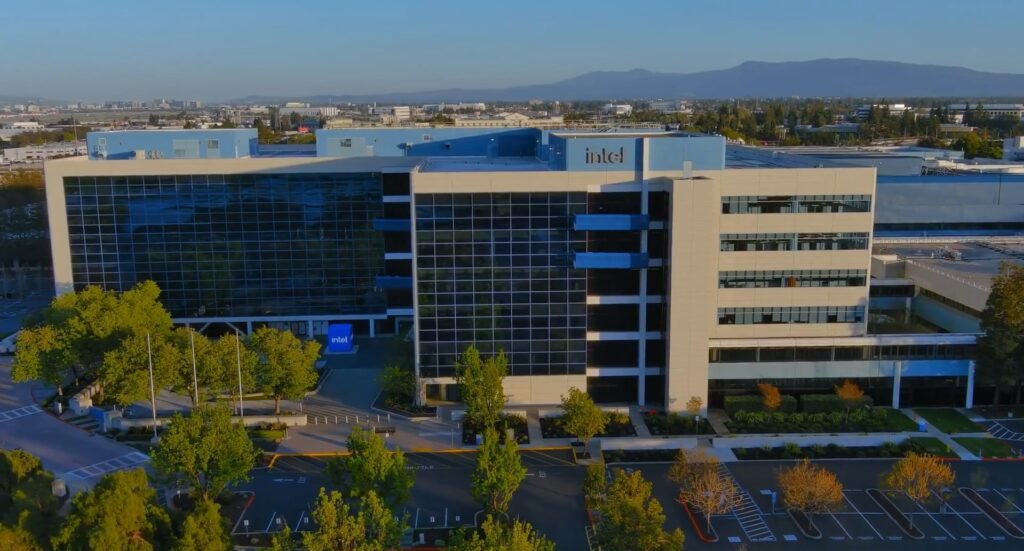
The name Intel, a portmanteau of integrated electronics, was chosen after much deliberation. When they discovered that Intelco was already the name of a midwestern hotel chain, Noyce and Moore purchased the right to use the name.
Intel began operations on August 1 with about a dozen engineers working from a conference room in the old Union Carbide building on Middlefield Road in Mountain View, California. For most of its first year, the company focused exclusively on research and development, wanting to develop technologies no one else offered.
By the end of its third calendar year of operations, the company had already contributed several of the most important inventions of the twentieth century, begun turning a profit, and outgrown the facility that Moore had considered too large. This marked the beginning of Intel’s remarkable journey in the world of technology and innovation.
DOMINANCE IN THE PC MARKET
Intel has been a dominant player in the PC market for many years. As of the first quarter of 2024, Intel processors were used in 63% of x86 computer processor or CPU tests. The company also reported a 2% increase in revenue from PC processor shipments, reaching a total of $41 billion.
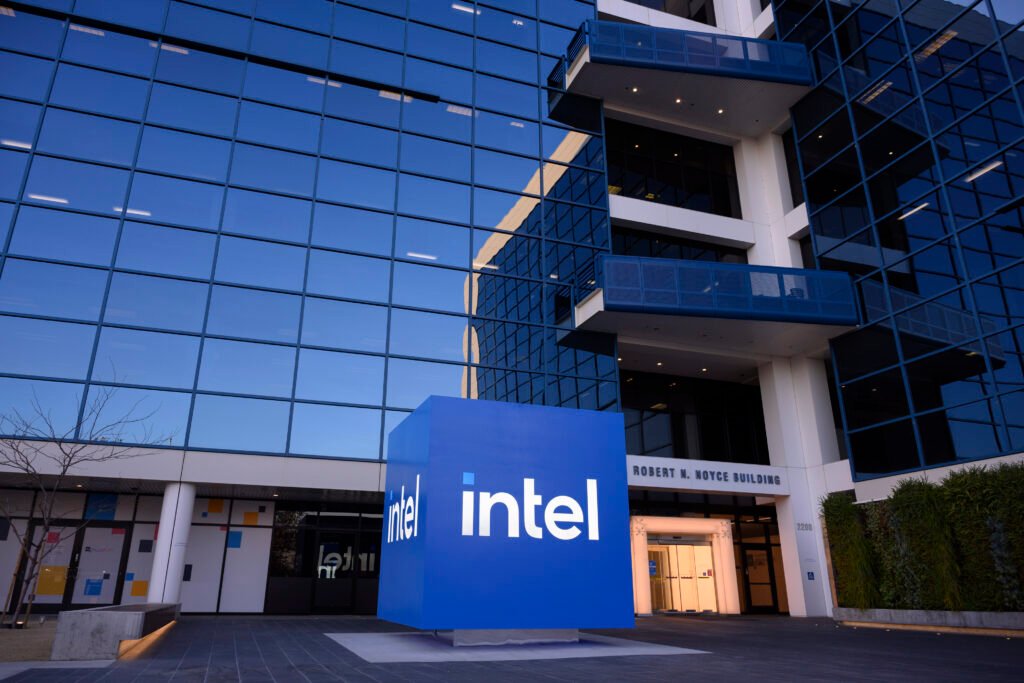
Recently, Intel’s stock rose more than 9% after an upbeat forecast signaled a rebound in the personal computer market. Under CEO Pat Gelsinger, Intel is trying to turn around its business by making heavy infrastructure investments.
Intel is also making strides in the AI PC industry. Gelsinger has expressed optimism about Intel’s future dominance in this sector, despite increasing competition4. He revealed plans to ship 100 million “AI PCs” by 2025.
However, Intel faces significant competition from companies like AMD and Nvidia. Despite this, Intel remains confident in its product portfolio and believes it is ahead of its market competitors.
In summary, Intel has shown signs of recovery and growth in the PC market. The company is making strategic investments and is optimistic about its future, particularly in the AI PC market. However, the landscape is competitive, and Intel’s continued dominance will depend on how these dynamics play out.
EXPANSION INTO NEW MARKETS
Intel has been actively expanding into new markets to diversify its portfolio and drive growth. Here are some key areas of expansion:
Artificial Intelligence (AI): Intel is making significant strides in the AI industry. The company’s CEO, Pat Gelsinger, has expressed optimism about Intel’s future dominance in this sector. He revealed plans to ship 100 million “AI PCs” by 2025.
Foundry Services: Intel has outlined a new financial reporting structure aligned with the company’s foundry operating model for 2024 and beyond. This move is expected to drive increased cost discipline and higher returns by providing greater transparency, accountability, and incentives across the business.
Autonomous Vehicles and IoT: Intel sees potential in the autonomous vehicles and Internet of Things (IoT) sectors. These emerging markets present new opportunities for growth and diversification.
Advanced Technologies: Intel continues to invest in developing new technologies, such as advanced manufacturing processes, 5G wireless technology, and quantum computing.
Intel’s expansion into these new markets is part of a broader strategy to reposition the company to provide solutions that supply larger, higher-growth markets. The industry research firm IDC predicts Intel’s serviceable addressable market (SAM) to grow at a 7.2% compound annual rate through 2027 to reach $500 billion.
CHALLENGES AND OPPORTUNITIES IN THE TECHNOLOGY INDUSTRY
Intel, a titan in the technology industry, is navigating a complex landscape marked by both challenges and opportunities.
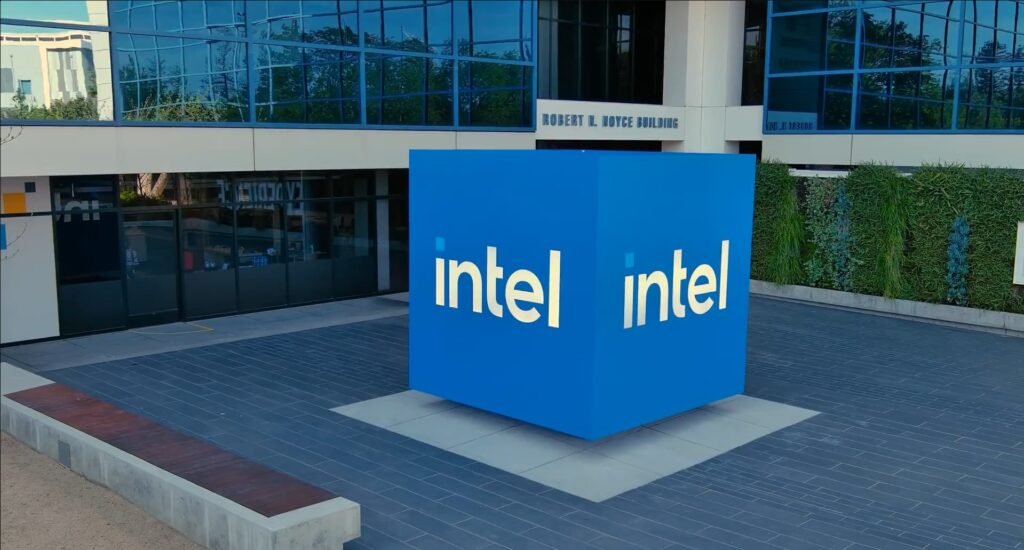
CHALLENGES:
Manufacturing: Intel’s IDM model, which relies on internally controlled fabs, has fallen behind in the semiconductor race. The company aims to advance five nodes in four years, a goal that is critical to its survival.
Competition: AMD’s execution and innovation, particularly with their chiplet architecture, have put pressure on Intel. Intel’s products need to catch up in performance and total cost of ownership to remain competitive.
Innovation: Intel has been criticized for lagging in innovation, particularly in areas like artificial intelligence, which is now dominated by companies like Nvidia.
OPPORTUNITIES:
Digital Transformation: Intel is poised to capitalize on the digitization of everything, with semiconductors at the heart of all digital technologies.
AI Integration: By infusing AI into its technologies, Intel is working to offer scalable and trusted solutions to help customers thrive in the era of exponential AI growth.
Geographical Resilience: Intel recognizes the need for more geographically resilient supply chains and aims to balance semiconductor manufacturing between the West and Asia.
Intel’s path forward will require a delicate balance of addressing these challenges while seizing the opportunities presented by a rapidly evolving technological landscape. The company’s ability to innovate and adapt will be key to its future success.
THE ALL PRODUCTS OF INTEL
Intel, a leading technology company, offers a wide range of products. Here are some of the key product categories:
Intel® Core™ Processors: These are high-performance processors used in most personal computers. They come in i3, i5, i7, and i9 variants, each with different capabilities and performance levels.
Intel® Xeon® Processors: These are designed for server and workstation use, offering high performance, reliability, and advanced data protection.
Intel® Pentium® Processor: These are entry-level CPUs that provide reliable performance for everyday tasks.
Intel® Celeron® Processor: These are affordable, low-power processors designed for basic computing needs.
Intel Atom® Processor: These are designed for compact and low-power devices like smartphones and tablets.
Intel® Movidius™ Vision Processing Units: These are specialized for accelerating machine vision tasks.
LOOKING AHEAD
There are several areas where Intel is looking ahead:
Returning to Global Sites: Intel’s Pandemic Leadership Team is developing plans to safely and gradually enable their broader workforce to return to their sites around the world. The approach and timeline for each site will depend on local government regulations, community case trends, and recommendations from local and international health authorities.
Cybersecurity Challenges in 2024: Intel 471 predicts that supply chain risks will abound as threat actors look for opportunities to attack through supply chains. They also expect law enforcement to put pressure on a long-running threat actor group loosely known as “The Community” or “The Com”.
Trends in AI: Looking ahead to 2024, the industry is set for further evolution, with an emphasis on companies honing their own Large Language Models (LLMs) to diminish reliance on the few external LLM providers.
In conclusion, Intel’s journey from a small semiconductor startup to a global technology powerhouse is a testament to the transformative power of innovation and ingenuity. By staying true to its core values of excellence, integrity, and customer-centricity, Intel has cemented its legacy as a pioneer in the world of computing and a driving force behind the digital revolution.
